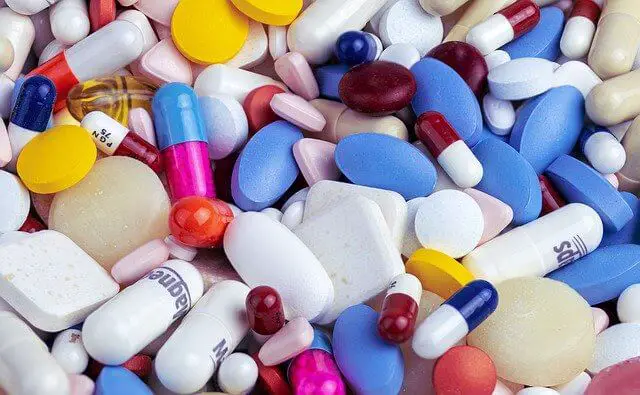Impurities In Drug Substances:
Impurities fall into one or more of the following categories:
- Inorganic Impurities
- Organic Impurities
- Residual solvent
Inorganic Impurities in drug substances:
Inorganic impurity usually results from the manufacturing processes and includes catalysts, ligands, reagents, heavy and other metals, and organic salts.
Impurities associated with input raw materials and storage conditions can also contribute to the impurity profile of the drug substance. The detection and quantification of such impurities by the classical Physico-chemical method should not present any problem.
Organic impurities in drug substances:
The organic impurity may be drug-related or process-related and consist of identified, specified impurities, unidentified, specified impurities, or total unknown impurities.
In designing the specifications for any drug substance manufacture should determine the actual and potential impurities most likely to arise during the synthesis, purification, and storage, on the basis scientific knowledge of the chemical reactions involved in the synthesis.
Impurities arising out from the manufacturing process and/or storage of the drug substance include starting materials, intermediates, by-products, and degradation products.
Irrespective of the nature of these impurities, limit and acceptance criteria have to be worked out on the basis of factors such as toxicity, process capability, manufacturing practices and so on.
The test for related substances given in many monographs covers manufacturing impurities (intermediates and by-products) and/or degradation products.
Specific tests may be supplemented by a more general test controlling other impurities.
Residual Solvents:
Solvents are inorganic or organic liquids used as vehicles for the preparation of solutions or suspensions during the synthesis of a drug substance.
Since these are generally known toxicity, they can be controlled with appropriate limits as listed in IP chapter 5.4 (Residual solvents). In addition to a general limit on solvents remaining behind in the final drug substances, some drugs need specific limits for specific solvents where variation in levels requires control.

You might interested:
- 14 ICH guidelines in short
- Best practices to avoid data integrity issues
- Handling of Rejected batches
- What are GAMP 5 software categories
For interview preparation refer
YT channel: Pharmabeej